To my regret, we ended up almost sprinting through the exhibit. At least it felt like there was A LOT more to absorb than we had time. But as I mentioned earlier, I thought that the exhibit was only to happen for a few more days. Since we discovered we have another year to peruse, we will definitely be back! Especially when we actually study cowboys in the next few months. I think I learned enough and took at least adequate pictures to give you a glimpse into “Nebraska Cowboys: Lives, Legacies and Legends.”
In our haste to get into the main area, we walked right past the opening display. But this is definitely the place to start!
They had an area where you could test your knowledge on cowboy terms and symbols before you look at the display. One of the words: buckaroo. Do you know how this word came to be a cowboy term? I will give you a hint – the butchering of another language was the cause.
They have many displays of items with explanation. This is great when you have younger kids because they may not be quite patient enough to stand there and let you read all you want. (Not that I know this from personal experience 🙂 ). For instance, a replication of an old-time bunkhouse was fabricated. This does give even the young ones a glimpse into cowboy life.
At every section, layers of possible learning exist. You can see the campfire and pictures of what they might have cooked.
You can see a picture of actual cowboys eating on the range.
And you can read more about what is pictured: the infamous chuckwagon.
Having cowboy guns on display is a “hit” with the boys (couldn’t resist! 🙂 ) And the girls will like seeing all of the pretty horse pictures.
Since this whole display is based on cowboy life in the “Good Life” state, you can learn about specific people who lived the history. This book is by James Cook (no, not the Australia explorer). But he did live on the range and journal about his experiences.
For those who are visually oriented, you can map out the paths of the various cattle drives. Including the famous Chisholm Trail.
You can also learn about the impact that the windmill had on ranches, especially in Western Nebraska.
My goal this time is definitely to inspire you to go see and learn about Nebraska cowboys for yourselves. But if you cannot wait or are too far away, here are two links where you can begin your “Nebraska cowboy” education. First, you can read an excerpt from the Nebraska History Fall 2013 issue. This is from an article by James E. Potter entitled “A Peculiar Set of Men”: Nebraska Cowboys of the Open Range.” I had the privilege of meeting Mr. Potter earlier in the fall – he is SO knowledgeable about Nebraska history. You can purchase the magazine, which has several cowboy articles, at the museum or order it to be delivered to your home.
Second, if you do have kids, a link is available to the Nebraska Trailblazer magazine. Issue number eight has to do with ranching in Nebraska. How I wish we would have discovered this before we went to the exhibit the first time. We will definitely be completing this before we go next time – my kids will really enjoy all of the pictures and learning how to read “cattle brands.” Definitely worth taking the time to download!
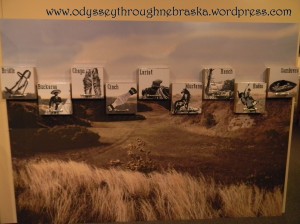





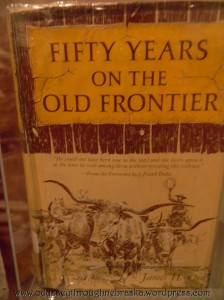


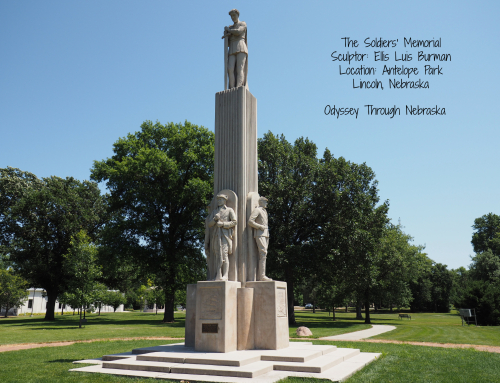

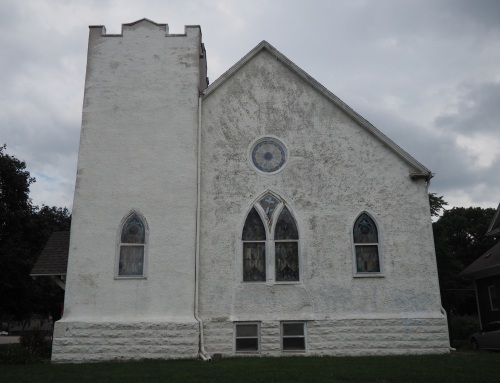

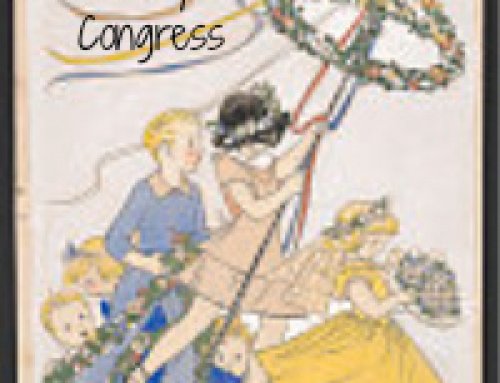
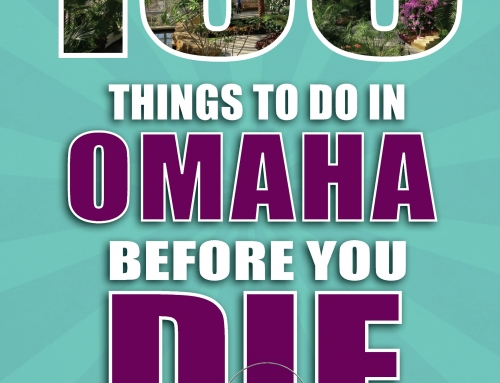
Leave A Comment